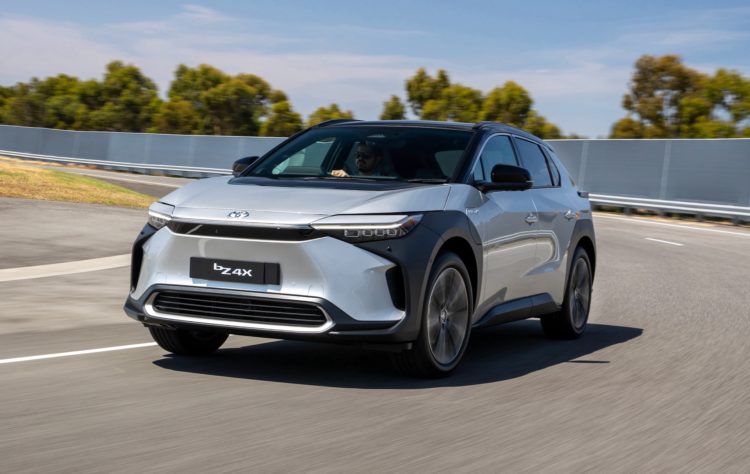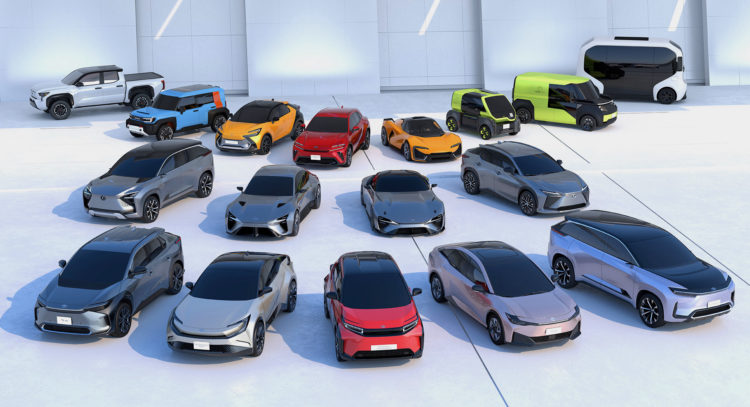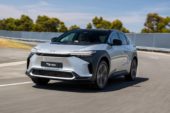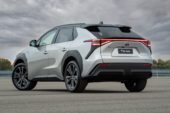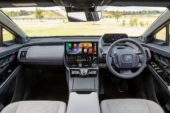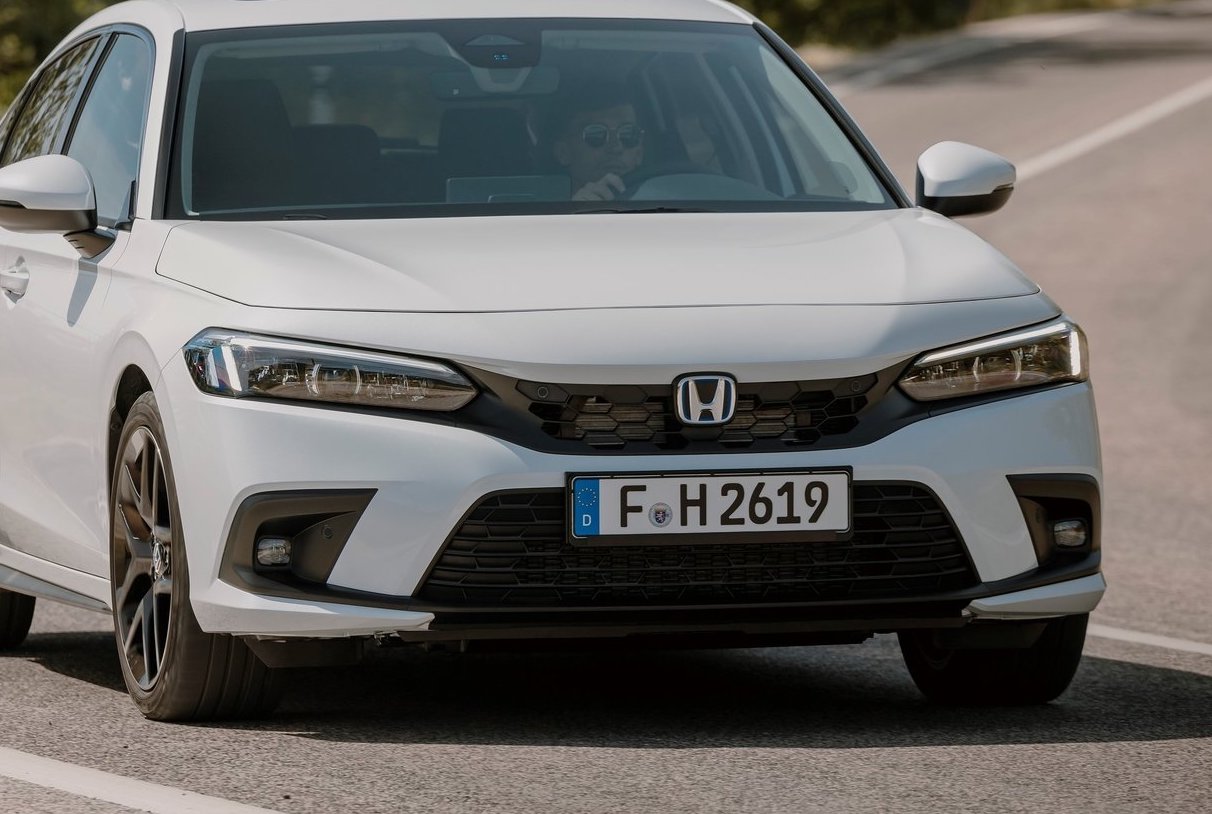Toyota Australia has given us a peek at its electrification plans for the near future, with the world’s largest automaker confirming three EVs for the local market by 2026, spearheaded by its bZ4x crossover SUV.
While the company stopped short as to what we can expect to see from future battery-electric offerings, specifically, a timeline on new EVs here in Australia remains an important update.
Toyota says that following the introduction of its bZ4x battery-electric SUV (sharing platforms with the Subaru Solterra), Australians can expect two more EVs by 2026, while the company will evaluate which of the 30 planned EVs by 2030 would be suitable for the Australian market.
In the meantime, Toyota has also stated its goal to increase the hybrid-electric share of its sales up to 50 per cent by 2025. Last year, out of the 231,050 new vehicles delivered in Australia, a record-setting 72,815 of those vehicles – 31.5 per cent – came powered by a hybrid-electric powertrain, which Toyota is hoping to significantly increase over the next 24 months.
Toyota has also announced it will invest $20 million into charging infrastructure, with work on installing 232 chargers at Toyota dealerships already underway ahead of the bZ4x’s arrival. However, the local arm says there are challenges with EVs and says it won’t be focusing solely on battery-electric products. Toyota Australia’s VP of sales, marketing and franchise operations, Sean Hanley, said:
“Toyota is committed to bringing electric vehicles to Australia. We know they will play an ever-increasing role in helping us – and our customers – get to net-zero carbon emissions.
“We also know it will take many years for the significant challenges facing EVs to be overcome, including battery-material shortages, less-than-adequate charging infrastructure and the ability to meet diverse customer requirements such as towing. That’s why it’s just too early – and too risky for the environment and for our customers – to put all our eggs in the electric-vehicle basket.
“Toyota will therefore maintain our strategy of deploying as many technologies as possible -battery EVs where they are most appropriate and other electrified powertrains where that makes the best use of scarce battery cells.”
